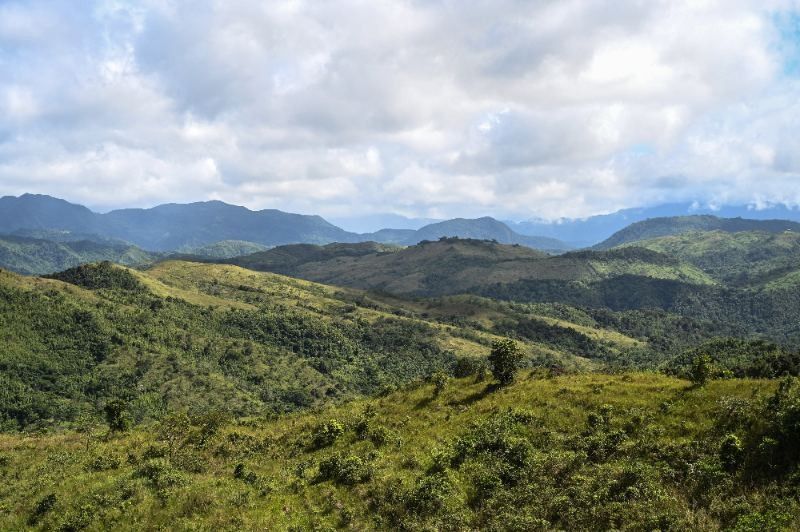
Manila, Philippines — Watersheds in the Philippines are facing a dire crisis as over half of these vital basins remain unprotected from destructive activities such as large-scale mining and infrastructure development, a legal and policy research institution said
Watersheds are vital for managing water resources, providing habitats for various species, and controlling floods, droughts and extreme climate events.
Data from the Department of Environment and Natural Resources showed that around 6.8 million hectares of watershed areas were assessed as vulnerable to deforestation, biodiversity loss, erosion, floods, landslides and water pollution, while 14.2 million hectares were identified as critical for the national irrigation system.
However, a report of think tank Legal Rights and Natural Resources Center (LRC) found that at least 9% of ecologically critical and 55% of agriculturally critical watersheds lack protected status.
This means that only 6.5 million hectares or 22% of the country’s total land area are protected either through presidential proclamations or coverage under the National Integrated Protected Areas System.
“Watersheds in the Philippines are clearly in a state of crisis,” LRC’s report read.
“This watershed crisis is marked with spatial conflicts that have resulted in the increasing inaccessibility of water supplies; eroding water quality; degrading integrity of ecosystems; and worsening vulnerability to water and climate-related disaster risks,” it added.
Watershed safeguarding struggles
LRC stressed that granting protective status to watersheds has been a challenging process, noting that it took 16 years for Congress to amend the NIPAS Act. Under the Expanded NIPAS Act of 2018, 94 more landscapes and seascapes were declared protected areas.
The most presidential proclamation safeguarding a watershed was the declaration of the Upper Marikina River Basin Protected Landscape as a protected area.
The think tank added that laws such as the NIPAS ACT and the Forestry Code also allow for permits that enable development activities within watershed systems provided that activities are in compliance with legal standards and regulations.
“Backdoor policy provisions still allow harmful activities within watersheds. Indigenous peoples and local communities’ welfare are being displaced by big businesses and other powerful economic and political interests,” said Leon Dulce, campaigns support and linkages coordinator of LRC.
The study cited the case of Masungi Georeserve, located in the Upper Marikina Watershed, which continues to be threatened by illegal encroachments from resorts and land developments.
Transformative water governance
To achieve a “more robust and transformative” watershed governance in the Philippines, LRC recommended the greater integration of watershed management councils into core local planning processes.
It suggested that a portion of public funds designated for watershed management should be allocated to enhance the capacity of indigenous communities, grassroots organizations, and other organizations engaged in watershed protection and management.
LRC also said that there must be a moratorium on approval or renewal of agribusiness, mining, dam, and other infrastructure projects until a new legislation streamlining watershed regulations is passed.
Local governments were also urged to declare watershed reserves as no-go zones for mining and other destructive projects using their authority granted by the Local Government Code.

Leave A Comment